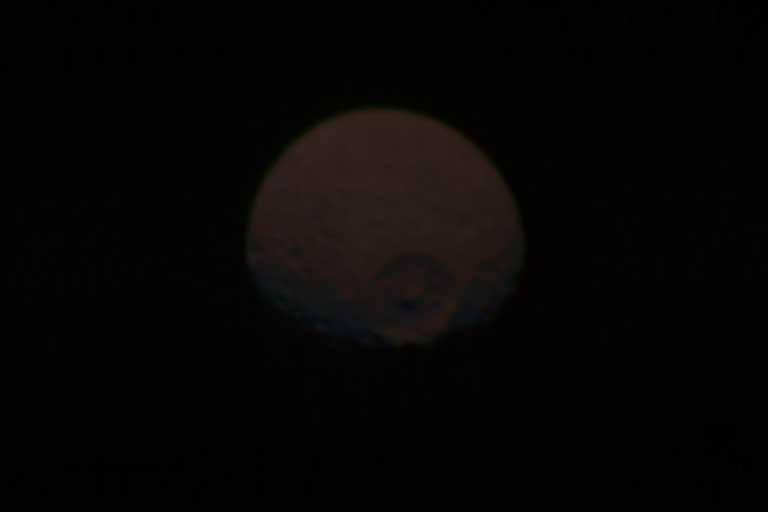
Simulations models of Courser dogfights often find that bets are best won by measuring how quickly a fleet can turn around. Even when groundless battles first crawled out of the mud of the trenches and into the smoke-filled skies of the first modern war of antiquity, pilots and generals learned that speed kills the enemy. It’s more effective to move in and attack fast than it is to try to maneuver away from such an attack.
Of course, the vacuum of naught affords little to bank on in a turn as it puts no drag on full frontal thrust. And the strong-force-cowled AM-core impulse drives of a Courser can quickly push it to relativistic speeds. Coursers close fast, attack in nanoseconds, and are gone. Gone, that is, in a perfectly straight line.
To make a second pass, a Courser must turn completely around and speed back towards its target. When I watch two fleets of Coursers fight from ‘above,’ I think they look like a silvery bar dropped onto a sheet of rubber covered with golden water. Or maybe beer. Two lines silver approach each other like a dropped bar would rush towards its reflection. The bar hits the ground and there’s a splash of gold as the bar hits the ground and bounces back away from its reflection. The bar (dimmer, weaker now) slows in the air, hovers for a second, and then falls back towards its reflection, kicking up splash and froth when it hits. With each ‘bounce’ the bar bounces a less and less far—and maybe wobbles and even breaks from the bounces. Weak, unsteady, the bar—the two fleets—finally settle into the golden froth of destruction. An evenly-matched dogfight in the naught ends with roving Coursers and any Hounds they have wending through the debris of the destroyed to engage each other one-to-one.
In reality, of course, the silver bars (or arcs, wedges, stripes, or whatever shape their formation creates) are waves of Coursers and Hounds shooting past each other; the golden splash an eruption of the burning streaks of γ-beams, the detonation of AM rockets against hulls, and of AM cores touching off like miniature stars. Even in the microsecond during which the two fleets pass each other, the Coursers and Hounds are already both wrenching themselves around and preparing to fly back at (and passed) each other. Quickly after they pass, both sides reignite the AM impulse drives, reversing direction and hurtling back at each other. those who are flying back upon their foes the quickest have the initiative; those who fly past their foes the fastest are the hardest to hit.
This ‘return’—this changing from flying at relativistic speeds in one direction to flying at relativistic speeds in the other as quickly as one can—puts a strain on a body. The dry, solid-state machinery of a Hound is sorely strained by it; the wet organics of a Courser pilot even more so. Precise, dry-state ‘squeeze suits’ and localized drugs injections that make cells less very briefly less permeable and more rigid help human bodies from bursting; rapid stimulants keep blackouts and comas short; intercellular robots and nanobots quickly repair hæmorrhages and aneurysms. Nonetheless, most pilots can’t maintain near-peak performance for more than a handful of dogfights. They suffer increasingly from things like stretched veins and lymph nodes, leaky neural receptors,
and bad eyes. A good ammount of early pilot training involves simple learning to train them to look at a precise point and not move their eyes at all. Even though Coursers try to avoid dogfights, a pilot’s positioning in a Courser is almost entirely designed around withstanding the return backto the fight, but it’s very hard to ergonomically position a pilot’s eyes. And if a pilot’s eyes positioned just a bit wrongly—if he isn’t looking just where hhe should—their retinas will be ripped off by the G-force of the return. Pilots do have nanobots injected into their eyes to re-attach them, but a retina is not as easy to fix as a burst blood vessel. It’s larger and requires more precise fixing. Since a pilot can afford to be blind for only a second or so at the longest, the nanobots have to cut corners. Their goal is to reachach them quickly, not necessarily that securely. Sure, between returns and between battles nanobots and doctors can shore up the work, but never as well as before. Courser controls are much less visually-based than those of other machines, but pilots do need to see what’s coming, even if only for a split second.
Notes